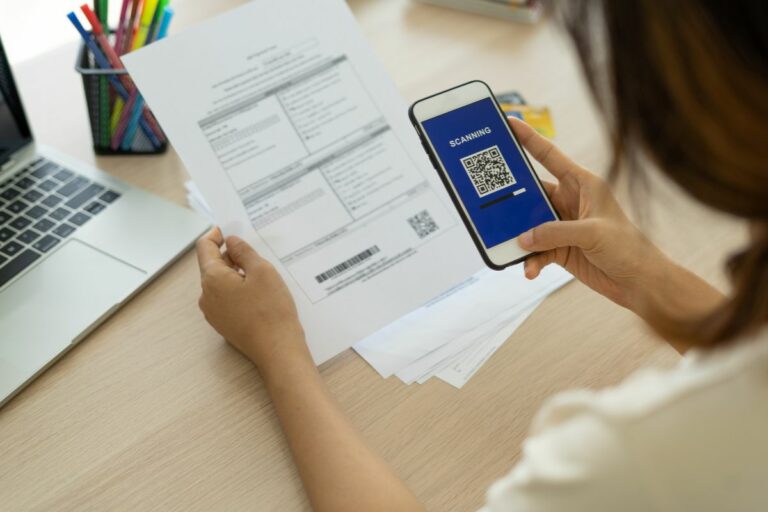With a slew of new online businesses popping up left and right, it’s not only important to have a great product or service—it’s important to have a strong and easily recognizable brand identity too. And part of having a strong brand identity is ensuring that you have the right to use your chosen name, logo and slogan by owning the corresponding trademark.
If you’re planning to launch a new business (or even just rebrand an existing one), you need to be aware of the ins and outs of trademark law.
Here are some things you should keep in mind before purchasing a trademark.
What Is A Trademark?
A trademark is a sign that distinguishes your goods or services from those of other traders. It can be a name, phrase, logo, image, sound, scent or a combination of these.
You can use your trademark to brand your products and packaging, advertise your business and promote loyalty among customers. It’s an important part of your intellectual property and ensures that no other business can legally register or imitate your business concept.
Why Should You Register Your Trademark?
While you’re not required by law to register your trademark, it does offer several benefits.

For one, it makes it easier to enforce your rights if someone uses your trademark without permission. Registered trademarks are also presumed to be valid, which can save you time and money if you ever need to defend your trademark in court.
Lastly, established brands with trademarks exude an air of professionalism and reliability, which can help you win over customers and stand out from the competition.
Trademark Classes
Goods and services are classified under 45 class types. The trademarks classification search is a database that provides a list of over 60,000 goods and services that fall under each class.
For example, if you’re an online retailer that specialises in alcoholic beverages, it’s mandatory to register a trademark for wine (Class 33) and beer (Class 32) separately. You must also register for Retail Services (Class 35) as you’re bringing together a variety of goods in your store.
If you operate a single-item store like T-shirts, you can register for Apparel (Class 25), which would cover clothing. You wouldn’t need to register it under the Retail Services class unless you start selling other products in the future.
As such, when registering for a trademark, ensure that the goods and services you’re offering fall under the right class. It can be a real headache (and expense) to have to re-register your trademark because you registered under the wrong class.
Need more information or legal assistance? Unsure which category your unique product belongs in? Learn more about the process here.
How To Register A Trademark In Australia
If you want to buy a registered trademark in Australia, there are a few things you should know. Here’s a quick rundown of the basics.
Find the Owner
The first step is to search for the owner of the trademark. This is made easy through the Australian trademark search—a publicly accessible database that you can use to find the contact details of the owner. You can also find the business address and the class of the trademark, making it easier to identify the right owner.
Negotiate the Purchase
Once you have the owner’s contact information, reach out and ask for permission to use the trademark.
This is the time when you’ll be negotiating the price of the trademark, so it’s important to have a budget and approximate valuation in mind before you start the process.
The prices agreed upon can vary heavily depending on the business and the popularity of the trademark. For instance, a well-known fast-food chain might charge you millions of dollars for their trademark while a smaller business might be more negotiable.

Other factors such as profitability, growth potential, and brand equity can also affect the price. Usually, owners don’t have settled prices in mind. Most people turn to legal experts or business valuation experts to provide an estimate of the value of the trademark.
Formalise The Transfer
If both parties have agreed upon a price, the next step is to draw up two contracts and have them signed by both parties.
These legally binding documents, or “assignments”, will protect your interests and ensure that the ownership of the trademark is exclusively transferred to you.
It’s mandatory to register a trademark assignment with IP Australia to make the transfer of ownership official. The first contract would need the following details:
- Personal information of assignor
- The assignee’s signature and personal details
- Assigned trademark’s identification number
The second contract is an important document that will act as evidence in case there’s ever a dispute over the ownership of the trademark. This document would need to include:
- Assignor’s personal information and signature
- Assignee’s personal information and signature
- Trade mark’s identification number
- Date of assignment
If any part of the application is incomplete or contains false information, the application may be rejected. If not, you’ll receive a confirmation of the successful registration via e-mail.



